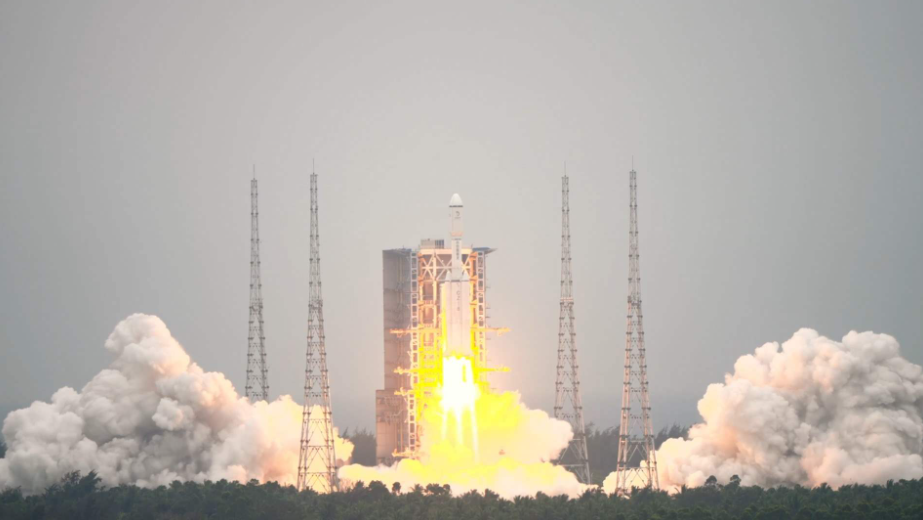According to state media posts, the China National Space Administration (CNSA) announced on Friday that the launch of its crucial signal relay satellite was a complete success. This satellite, named Queqiao-2 after a mythological bridge, along with two miniature satellites, Tiandu-1 and Tiandu-2 were launched on March 20.
The Queqiao-2 satellite is expected to serve as a communication bridge for China’s future lunar probe missions for years to come. It is designated to serve as a vital communications bridge between ground operations on Earth and forthcoming lunar probe missions on the far side of the moon, sustaining this role until atleast 2030.
Due to the moon’s near side constantly facing Earth, direct data transfers from the far side are unfeasible. Xiong Liang, the researcher and developer of Queqiao-2, described the satellite as “the main switch” for the entire fourth phase of lunar missions.
“Only when the main switch is flipped on, all the communications can kick-off,” Xiong said.
Queqiao-2 is set to orbit the moon, facilitating the relay of signals to and from the Chang’e-6 mission, which is anticipated to launch in May. The robotic Chang’e-6 probe aims to collect samples from an ancient basin, marking the first time lunar material will be acquired from the moon’s hidden side.
Furthermore, Queqiao-2 will serve as a relay platform for future lunar missions, including the Chang’e-7 mission scheduled for 2026 and the Chang’e-8 mission planned for 2028.


